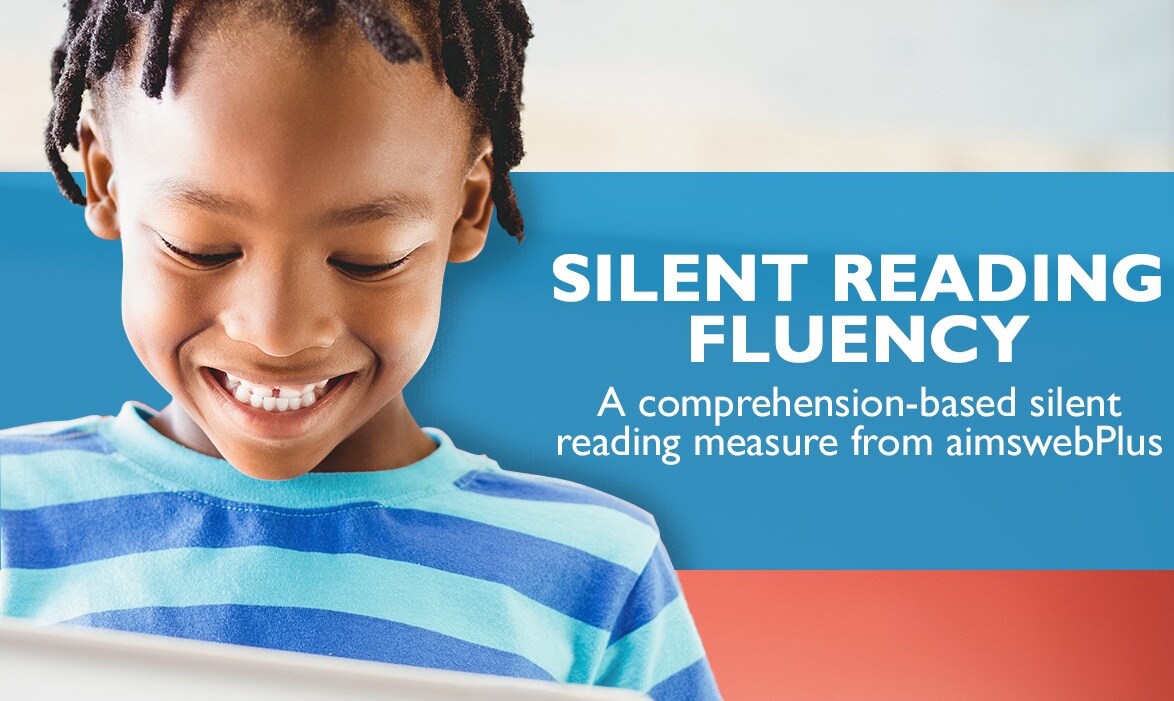As a reading director or reading educator, you know that learning to read is one of the most vital components of success in your students’ early academic years and throughout their entire lives.
What’s the Best Way to Assess Silent Reading Comprehension & Fluency?
Since reading is a complex, multifaceted skill, your job in moving each student toward reading mastery requires you to measure several important components, such as:
- Oral reading fluency
- Silent reading fluency
- Reading comprehension
- Reading stamina
How do you collect a complete picture of your students’ reading skills? What is the most challenging component of reading for you to measure?
Beyond Only Oral Reading Fluency: Why Students Must Also Master Silent Reading Fluency
In a previous blog post titled Why is Silent Reading Fluency (SRF) Important?, Dr. Timothy Rasinski, professor of literacy education at Kent State University and author of Teaching Stamina & Silent Reading in the Digital-Global Age (PDF) (E.H. Hiebert, 2015), notes that in many classrooms nationwide, oral reading fluency seems to be the dominant form of reading fluency assessments.1
Why?
Oral reading is effective and done aloud, making it attainable for educators to follow along and quickly assess a student’s reading fluency and reading rate as he or she progresses through a reading passage.
Is oral reading fluency the main form of fluency assessment in your school?
When a student reads silently, however, measuring his or her silent reading fluency (SRF) and silent reading rate becomes more difficult – arguably making SRF the most challenging component of reading for educators to measure and assess.
In an SRF-focused webinar, Exploring the Measurement of Silent Reading Fluency, Dr. Mark Daniel, Principal Research Scientist for Pearson Assessments, discusses that oral reading is not what older students and adults do when they read. Instead, they read complex material silently with comprehension. Silent reading fluency is what students need to be successful as they advance through grade levels, higher education, and enter the workforce.2
Without a reliable way to measure SRF and assess a student’s silent reading comprehension skills, we, as educators, are not understanding and improving a student’s most comprehensive reading skill set.
It’s time to move beyond just oral reading measures and start assessing silent reading fluency with a proven, reliable measure.
A Valid, Comprehension-Based Silent Reading Fluency Assessment
Understanding that educators need more than a student’s oral reading rate to compile a complete and accurate picture of a student’s fundamental reading skills, aimswebTMPlus designed a comprehension-based silent reading measure that produces a student’s silent reading rate in a valid, reliable way.
The computer-administered measure resembles actual silent reading and helps students attend when they read, and monitor and comprehend while they’re reading silently.
The measure – which includes norms available at grade 4 through 8 and can be completed in just 5 to 7 minutes – combines a student’s silent reading rate with an accuracy score for broad comprehension.
To learn more and understand how the aimswebPlus SRF measure works, be sure to read our detailed blog post: How do you measure Silent Reading Fluency (SRF) in the classroom? and listen to the entire Exploring the Measurement of Silent Reading Fluency webinar to hear two literacy experts discuss the proven silent reading fluency measure.
Resources:
1 Rasinski, Timothy, Hiebert, Elfrieda H. Teaching Stamina & Silent Reading in the Digital-Global Age (Forward). “Striking the Right Balance: Why Silent and Extended Reading of Challenging Materials Matters” (p. iii-v). Accessed May 9, 2017. http://textproject.org/assets/library/resources/Hiebert-2015-Teaching-Stamina-and-Silent-Reading-PRINT.pdf (PDF)
2 Pearson Education. “Exploring the Measurement of Silent Reading Fluency.” Accessed May 9, 2017. http://www.pearsoned.com/events/exploring-the-measurement-of-silent-reading-fluency/.





